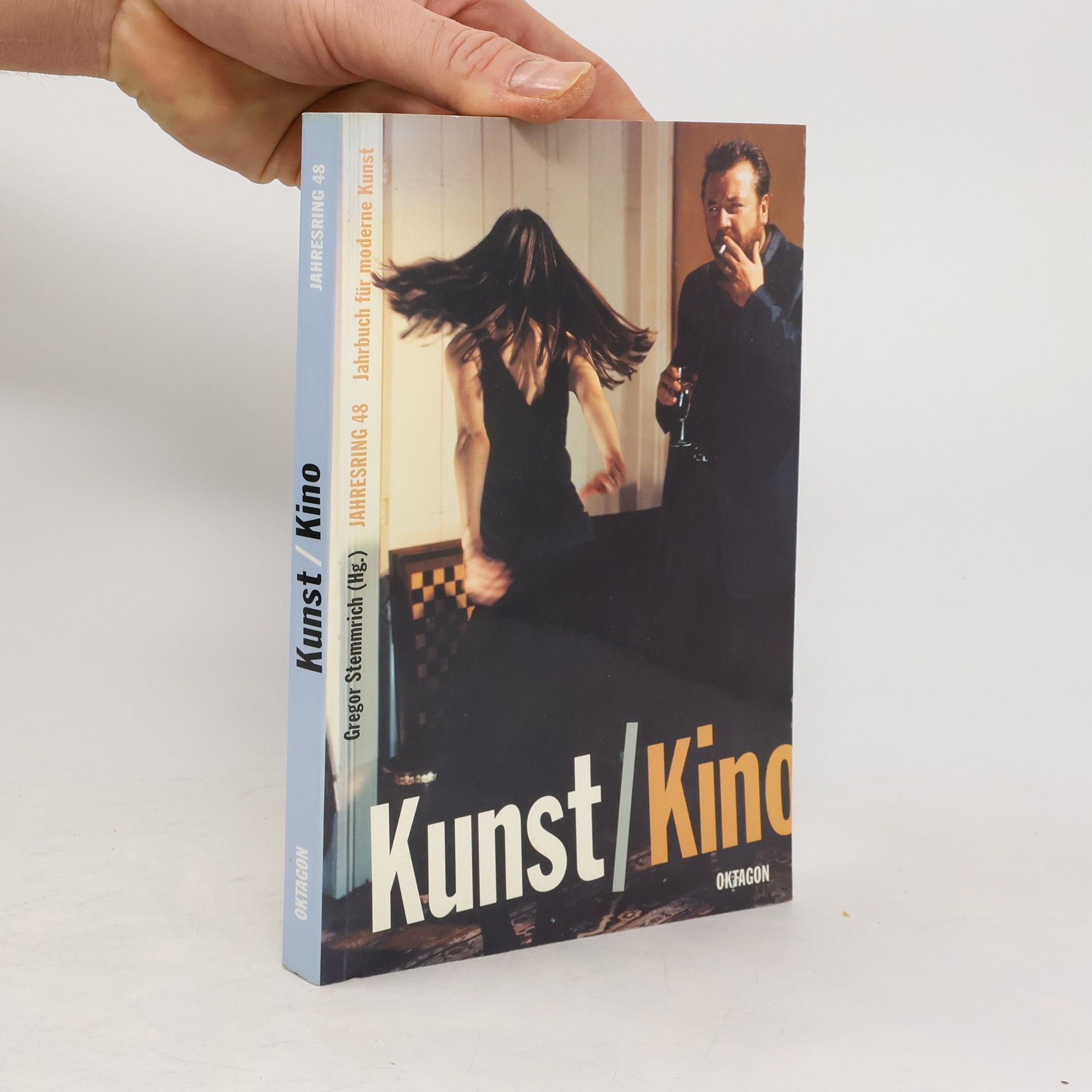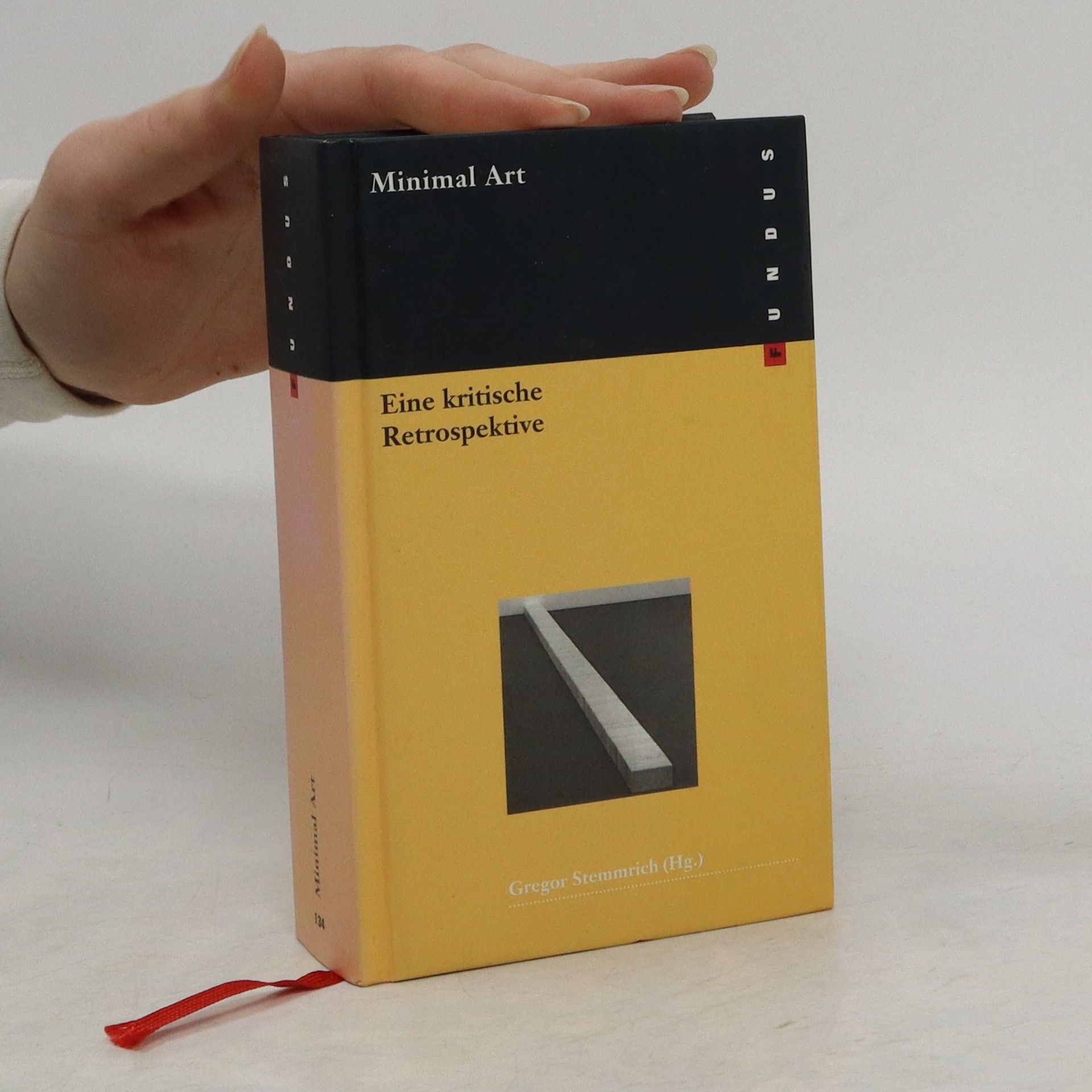Erased de Kooning Drawing is an artwork that radically challenged the very definition of art and questioned the notion of the artist as creator. Three American artists were involved in its creation: In 1953, Robert Rauschenberg erased a drawing by Willem de Kooning, who had somewhat reluctantly been giving his consent. Jasper Johns created a label for its first public presentation that proved to be key to the psychological framing of the piece. Having been transmuted into something new, the obliterated drawing was soon perceived as a pivotal moment in art history: In the 1950s it was considered Neo-Dada, in the 1960s it was hailed as the beginning of conceptual art, and in the 1980s saw it as a departure into postmodernism. Numerous artists referenced the work and it became a touchstone in Rauschenberg’s oeuvre. Gregor Stemmrich outlines its status as a litmus test for the definitions of modernism, literalism and postmodernism, and demonstrates its continuing relevance for the theory of the image and the question of appropriation. GREGOR STEMMRICH (*1953, Soest) is Professor of Art and Art History at NYU Abu Dhabi since 2015. His main focus is on modern and contemporary art. Previously, he was Professor at Freie Universität Berlin and Hochschule für Bildende Künste Dresden. He edited the interviews and writings of Lawrence Weiner as well as Dan Graham, and has published extensively on abstract, conceptual and minimal art.
Gregor Stemmrich Livres





Dan Graham
Collector's Choice vol. 8
Dan Graham (born 1942, lives in New York), one of today’s most influential conceptual artists, questioned the autonomy of the artwork early on and re-flected on the role of popular culture in his works. The artistic activities devel-oped by Graham since the mid nineteen-sixties range from newspaper arti-cles, pages of newspapers and newspaper announcements to photographs, performances, audiotape, film and video installations as well as television pro-grammes, hybrid sculptures and architecture. Graham additionally authored numerous articles dealing with cultural phenomena, wrote video essays, drafted an opera and developed the conception of a museum for an artist (Gordon Matta-Clark) who left no lasting works behind. Gregor Stemmrich traces the development of Graham’s art and shows how Graham counteracts a culturally predominating use of media. -Continuation volume of the series with a new cover design -Exclusive collectors’ books
Minimal art, eine kritische Retrospektive
- 720pages
- 26 heures de lecture